Starch Content Assay Kit
Note: Take two or three different samples for prediction before test. Operation Equipment: Spectrophotometer/microplate reader.
Cat No: BC0705
Size: 100T/96S
Components:
Reagent I: 110 mL×1. Storage at 4℃.
Reagent II: 110 mL×1. Storage at 4℃.
Reagent III: Powder×2. Storage at 4℃.
Standard: Powder×1, 10 mg glucose (anhydrous). Storage at 4℃.
Standard solution: Dissolved with 1 mL of distilled water to 10 mg/mL glucose standard solution when the standard solution will be used. It can be stored for 2 weeks at 4℃.
Working solution: Add 2.625 mL of distilled water to Reagent III, slowly add 14.875 mL of concentrated H2SO4, stir constantly and fully dissolve before use. It can be stored for 1 week at 4℃.
Product Description:
Starch is the main storage form of sugar in plants. The determination of starch content has great significance in evaluating the nutritional value of food and researching the sugar metabolism in plants.
Separate soluble sugar from starch by 80% ethanol, then decompose starch into glucose by acid hydrolysis. The starch content can be calculated by measuring the glucose content using an anthrone colorimetric method.
Reagents and Equipment Required but Not Provided:
Spectrophotometer/microplate reader, water-bath, adjustable pipette, micro glass cuvette/96 well flat-bottom plate, mortar/homogenizer, ice, concentrated H2SO4 and distilled water.
Procedure:
I. Sample preparation:
- Take 5 mg of sample, grind in mortar and add 1 mL of Reagent I. After homogenization, transfer to a centrifuge tube, place in a water bath at 80℃ for 30 minutes, then centrifuge at room temperature and 3000 ×g for 5 minutes, discard the supernatant, retain precipitation.
- Add 0.5 mL of distilled water to the precipitate. Place in boiling water bath for 15 minutes (tighten the lid to prevent water loss)
- After cooling, add 1 mL of Reagent II, place in boiling water bath for15 min, shake 3~5 times
- After cooling, centrifuge at room temperature and 3000 ×g for 15 minutes, take the supernatant for test.
II. Determination procedure:
- Preheat the spectrophotometer/microplate reader for 30 minutes, adjust wavelength to 620 nm, set zero with distilled water.
- Adjust the water-bath to95°C.
- Standard working solution: dilute the 10 mg/mL standard solution with distilled water to 0.4, 0.2, 0.1, 0.05, 0.04, 0.03, 0.02, 0.01 mg/mL.
- Standard test: Take 50 μL of Standard solution or 50 μL of distilled water (Blank Tube) and 250 μL of Working solution to EP tube. Place in 95℃ water bath for 10 minutes (tighten the lid to prevent water loss), natural cool to room temperature, take 200 μL to micro glass cuvette/96 well flat-bottom plate, determine absorbance of Standard solution(AS) and Blank control(AB) at 620 nm. Calculate ΔA=AS — AB. Blank tube and standard curve only need to be tested one or two times.
- Sampletest: Take 50 μL of sample and 250 μL of Working solution to EP Place in 95℃ water bath for 10 minutes (tighten the lid to prevent water loss), naturally cool to room temperature, take 200 μL to micro glass cuvette/96 well flat-bottom plate, determine absorbance of Test tube(AT) at 620 nm. Calculate ΔAˊ= AT — AB.
III. Calculations:
- Create standard curve
Take glucose standard solution (0.4, 0.2, 0.1, 0.05, 0.04, 0.03, 0.02, 0.01 mg/mL) as x-axis, ΔA as y-axis, to draw the standard curve and obtain the linear regression equation y=kx+b, substituting ΔAˊ into the equation yields x(mg/mL).
- Calculation of starch content Calculated by the mass of sample Starch content (mg/g mass) = x×F×VE÷W÷1.11=1.351x÷W×F VE: volume after extraction, 1.5 mL;
W: sample mass, g;
F: dilution ratio;
1.11: is the constant of converting glucose content measured by this method into starch content, that is, 111
μg glucose is colored by anthrone reagent, which is equivalent to 100 μg starch by anthrone reagent.
Note:
- As the working fluid is highly corrosive, please operate with
- If the absorbance value exceeds the linear range, the sample size can be increased or diluted before determination.
Experimental example:
- Take 0.05g of maize for sample treatment, take the supernatant, and then operate according to the determination steps. Use 96 well plate to measure and calculate ΔA′=AT-AB= 0.728-0.622 =0.195, standard curve y = 3.1829x + 0.002, calculate x =195. Starch content (mg/g mass) = 1.351x×F÷W= 1.351×0.195 × 128÷0.05 = 674.4 mg/g mass.
References
- Clegg K M. The application of the anthrone reagent to the estimation of starch in cereals[J]. Journal of the Science of Food and Agriculture, 1956, 7(1):40-44.
- Viles Jr F J, Silverman L. Determination of starch and cellulose with anthrone [J]. Analytical Chemistry, 1949, 21(8):950-953.
Related Products
BC0610/BC0615 Soil β-glucosidase (β- GC) Activity Assay Kit
BC2040/BC2045 β-amylase Activity Assay Kit
BC1850/BC1855 Soluble Starch Synthase(SSS) Activity Assay Kit
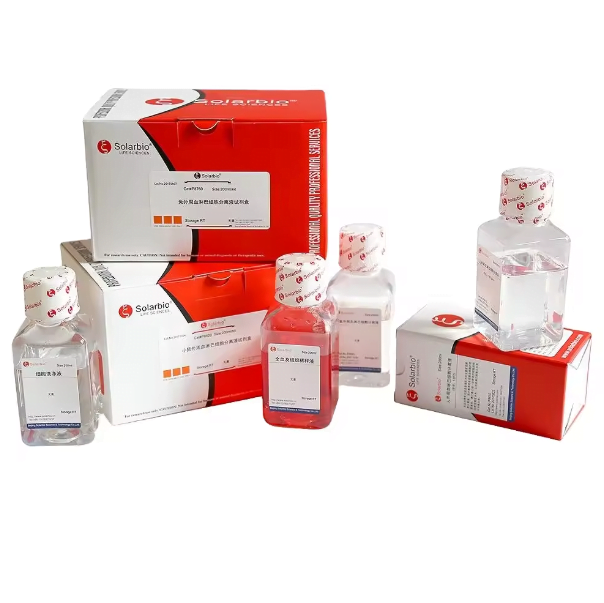
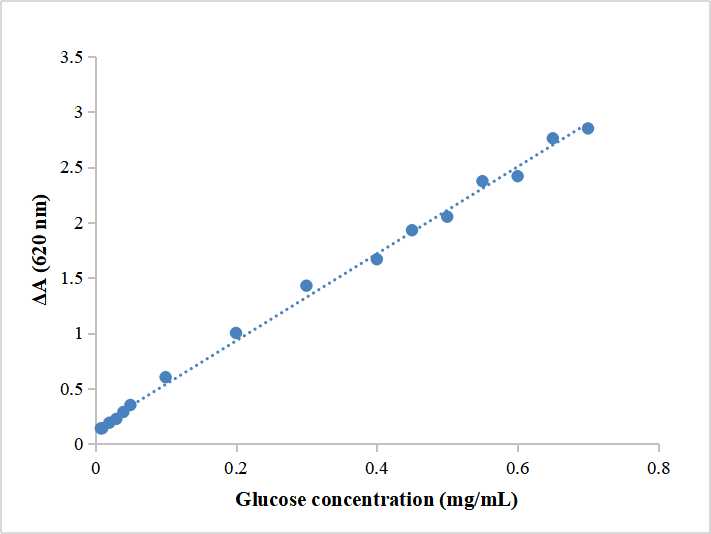
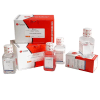
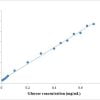
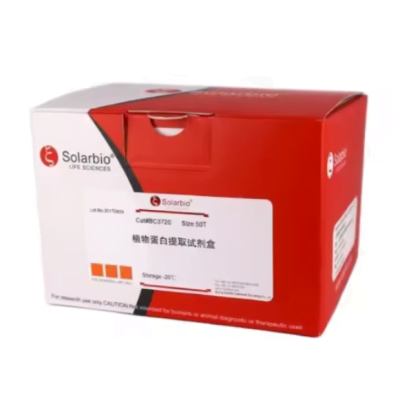
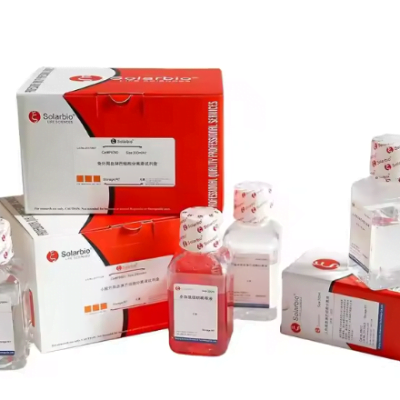
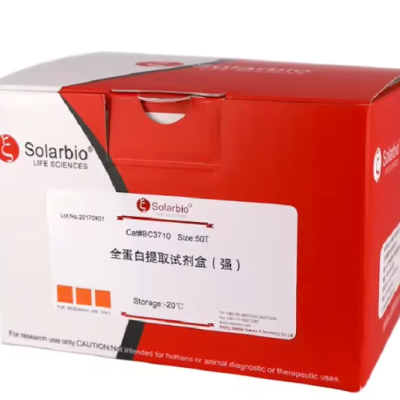
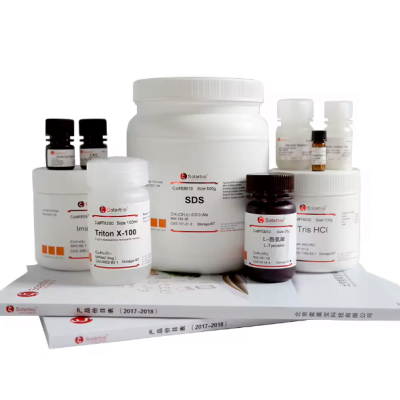
Reviews
There are no reviews yet.